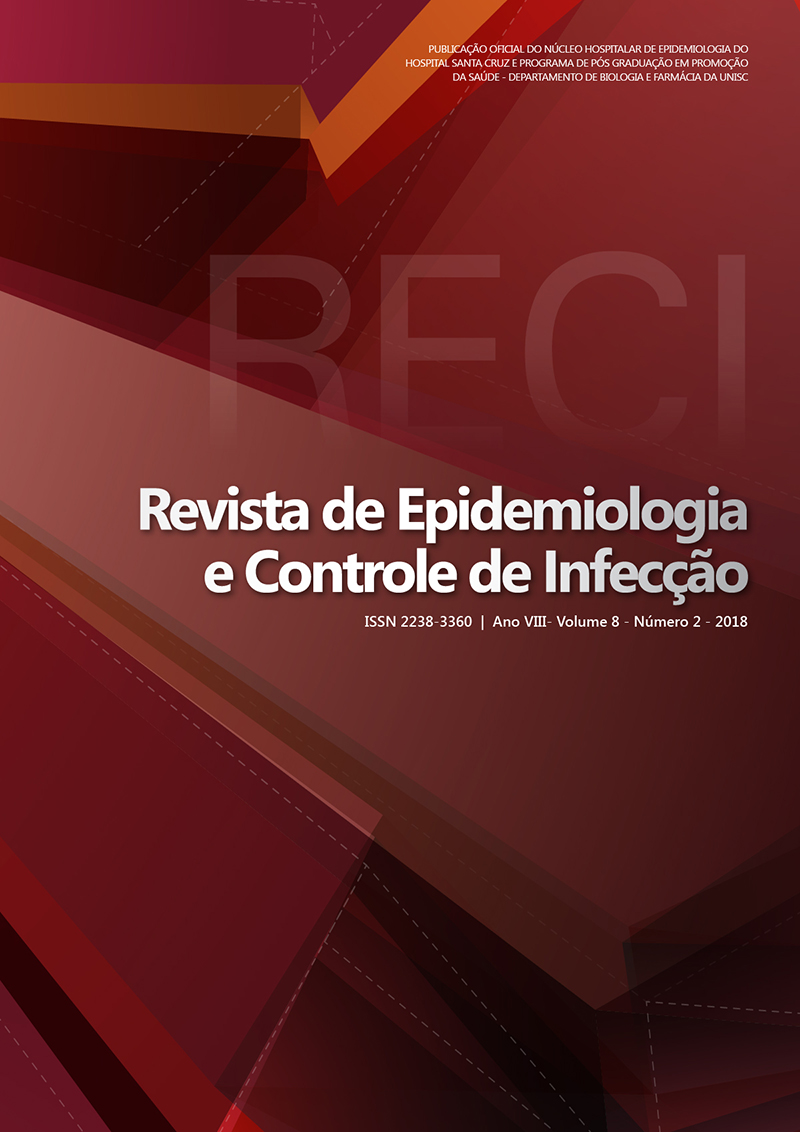Assessment of food consumption and nutritional status of children and teenagers with malaria in the municipality of Anajás / PA
DOI:
https://doi.org/10.17058/reci.v1i2.8377Abstract
Background and Objectives: In the Americas, Brazil is the country that most reported cases of malaria and the most common are for: Plasmodium vivax and Plasmodium falciparum. In the state of Pará, Anajás is the municipality with the largest number of registered cases. Therefore the aim of this study was to assess the food and nutrition situation of children and adolescents with Plasmodium vivax malaria in the municipality of Anajás / PA. Methods: Cross-sectional study with children and adolescents, aged 2-16 years with P. vivax malaria, met from January to December / 2014. Socioeconomic and epidemiological data were collected using a semi-structured research protocol. Anthropometric measurements of height and weight were collected for assessment of nutritional status. Dietary intake of participants was obtained by food frequency questionnaire and was considered statistical significance level of p <0.05 and CI 95% . Results: Of the 60 patients studied, 40 (66.7%) were children (4.7 ± 2.25 years) and 20 (33.3%) were adolescents (13.2 ± 1.8 years). The demographic data of those responsible showed that 75.0% lived up to one minimum wage and 23.3% were illiterate. In the assessment of nutritional status, it was observed that 25.0% of children and 15.0% of adolescents had low height / age. The food consumption was observed that only the groups of cereals, roots and tubers (80.0%), oils and fats (78.3%) and meat, fish and eggs (73.3%) were adequate. Conclusion: The study showed that children and adolescents have low height / age, unfavorable social conditions and inadequate food intake/ and are not associated with any sociodemographic variables.Downloads
Downloads
Published
How to Cite
Issue
Section
License
The author must state that the paper is original (has not been published previously), not infringing any copyright or other ownership right involving third parties. Once the paper is submitted, the Journal reserves the right to make normative changes, such as spelling and grammar, in order to maintain the language standard, but respecting the author’s style. The published papers become ownership of RECI, considering that all the opinions expressed by the authors are their responsibility. Because we are an open access journal, we allow free use of articles in educational and scientific applications provided the source is cited under the Creative Commons CC-BY license.


